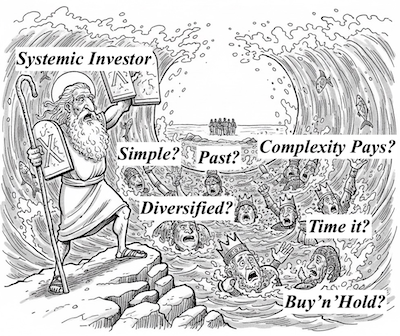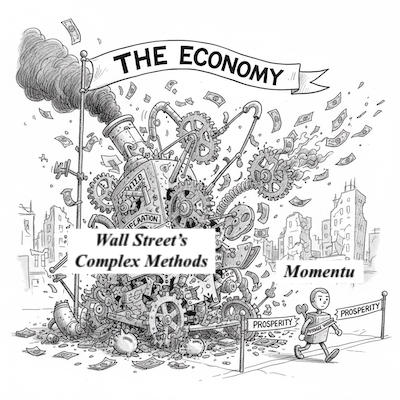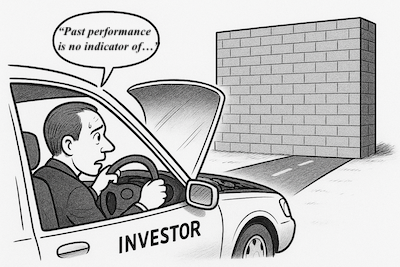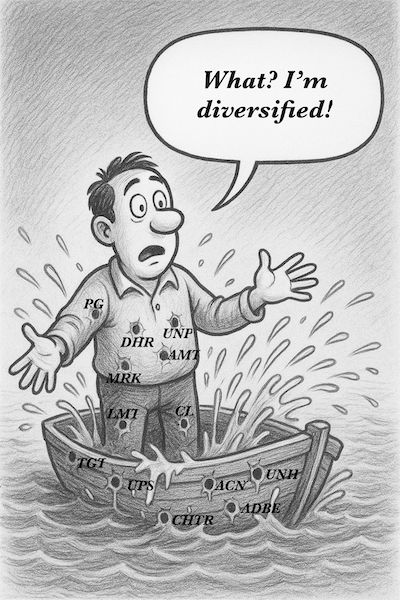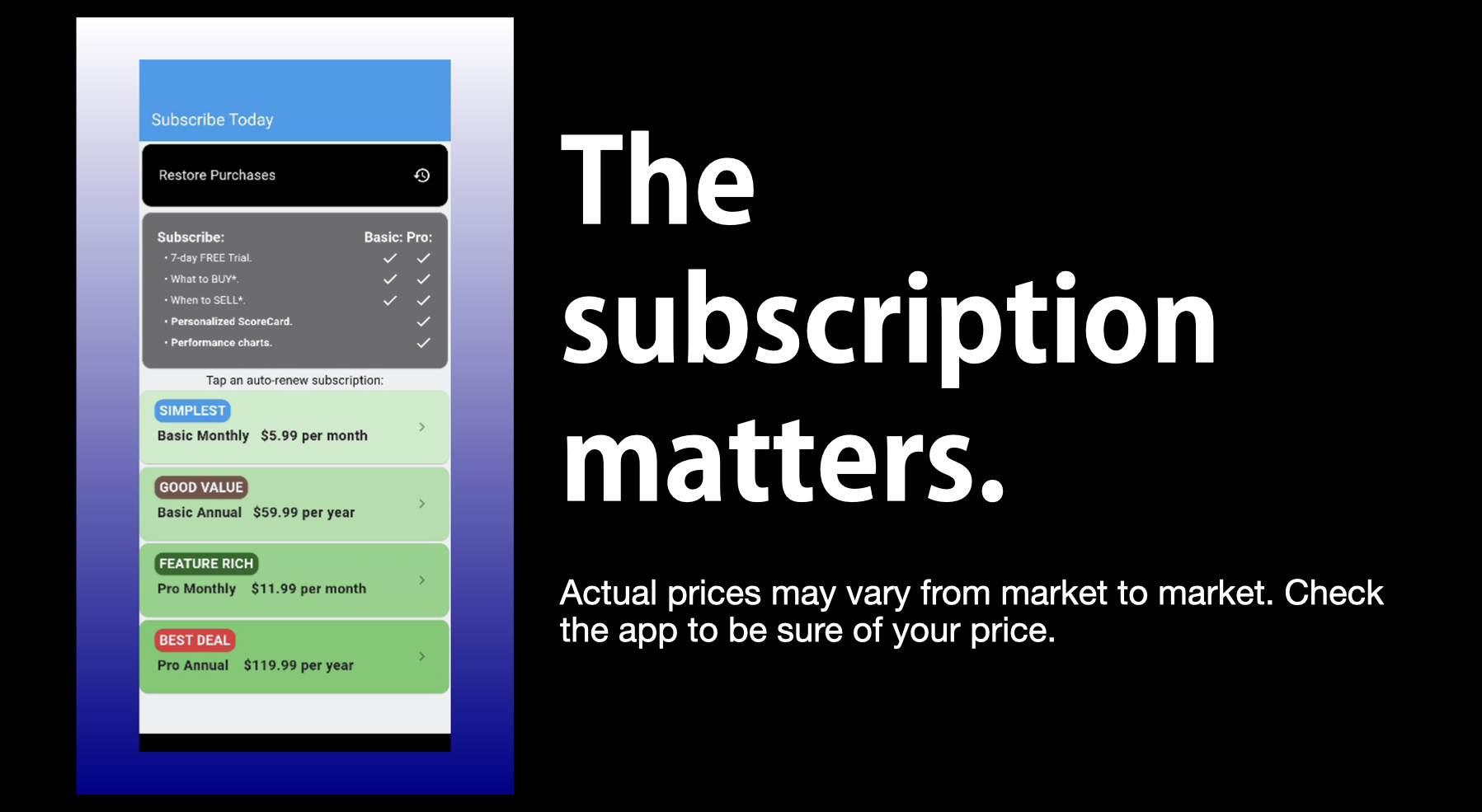Part of a multipart series on Busting Investment Myths
“You can’t time the market” ranks among the most repeated phrases in finance. It’s used to discourage any investment strategy that involves buying and selling decisions based on market conditions.
This blanket statement conflates two very different activities: predicting market tops and bottoms (which is indeed nearly impossible) and responding to market trends (which is measurable and systematic).
The Confusion Between Prediction and Response
Market timing implies predicting future direction: “I think stocks will crash next month, so I’m selling everything.” This type of forecasting has a poor track record because it requires being right about unknowable future events.
Trend following responds to current market behavior: “This stock has declined for three consecutive months and shows continued weakness, so I’m selling.” This approach doesn’t predict future direction—it responds to observable present conditions.
Evidence for Systematic Market Response
Academic research documents persistent momentum in both individual stocks and broader market indices. Jegadeesh and Titman’s foundational studies show that securities with strong recent performance tend to continue outperforming in the near term.
This momentum effect exists precisely because most investors either can’t or won’t respond systematically to changing market conditions. They hold declining positions too long and sell recovering positions too early.
What Actually Doesn’t Work
These timing strategies consistently fail:
- Predicting market tops and bottoms
- Trading based on economic forecasts
- Following media predictions about market direction
- Making decisions based on political events or news flow
What Does Work
These systematic approaches have documented success:
- Trend following based on price momentum
- Moving average crossover systems
- Relative strength rotation strategies
- Momentum-based sector allocation
The key difference is systematic execution based on measurable criteria rather than discretionary predictions about future events.
The Real Message
“You can’t time the market” should be “You can’t predict the market, but you can respond to it systematically.”
This distinction separates effective systematic strategies from futile forecasting attempts. The Brockmann Method exemplifies this approach by ranking stocks based on current momentum rather than trying to predict future performance.
Markets move in trends that persist longer than random chance would suggest. Systematic approaches can capture these trends without requiring prediction of their duration or magnitude.
Tomorrow: The dangerous oversimplification of diversification as risk elimination.
Discover systematic market response strategies. Read Wilfred Brockmann’s “The Future of Investing Is Here.”



